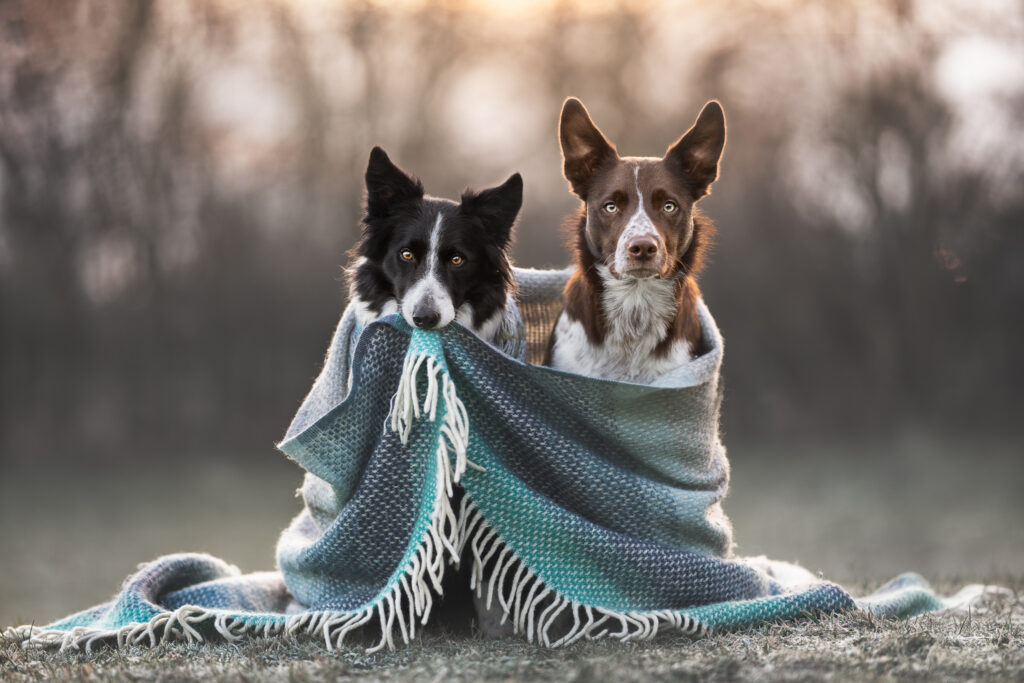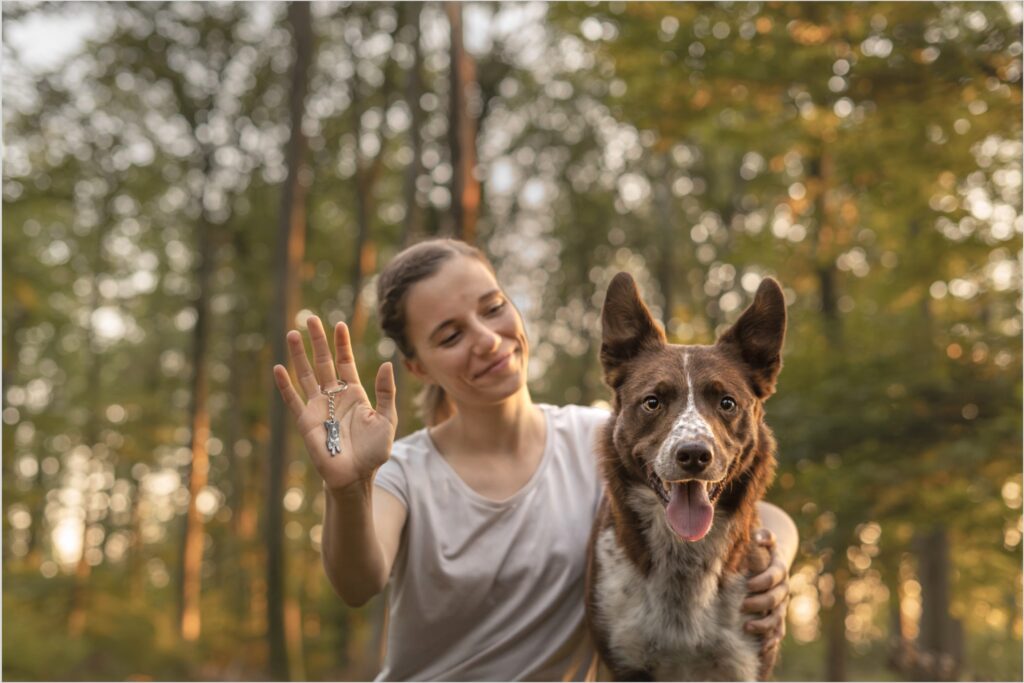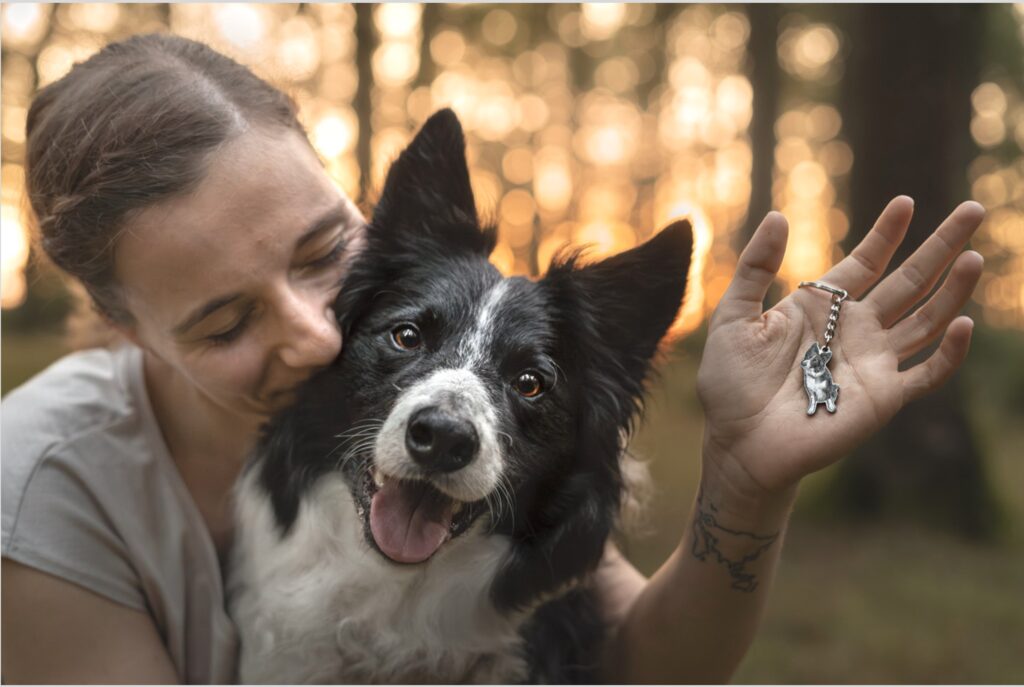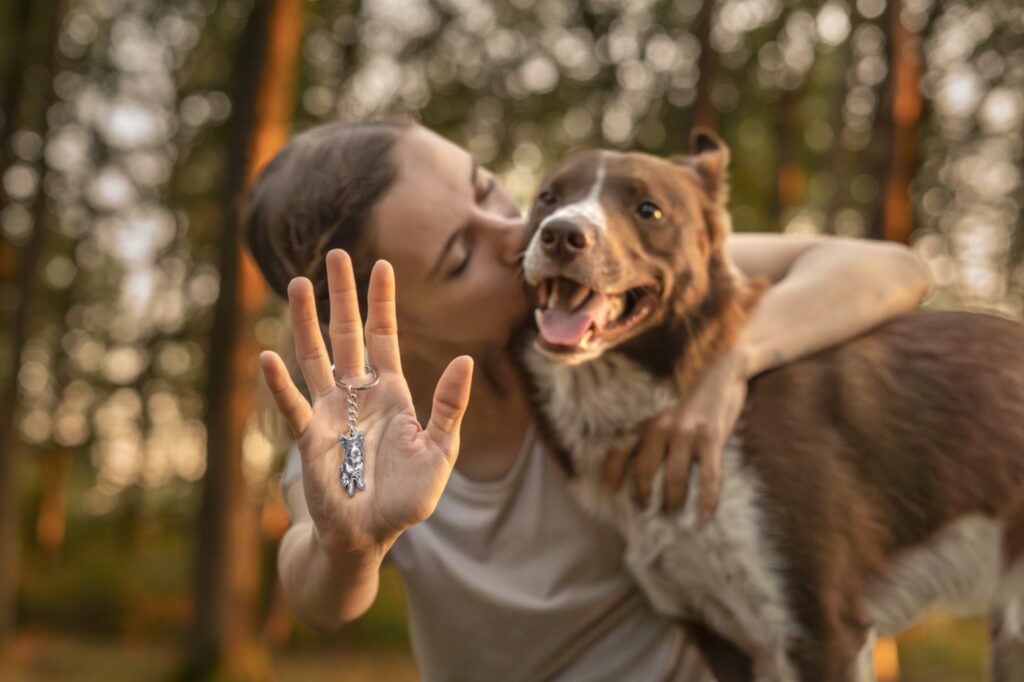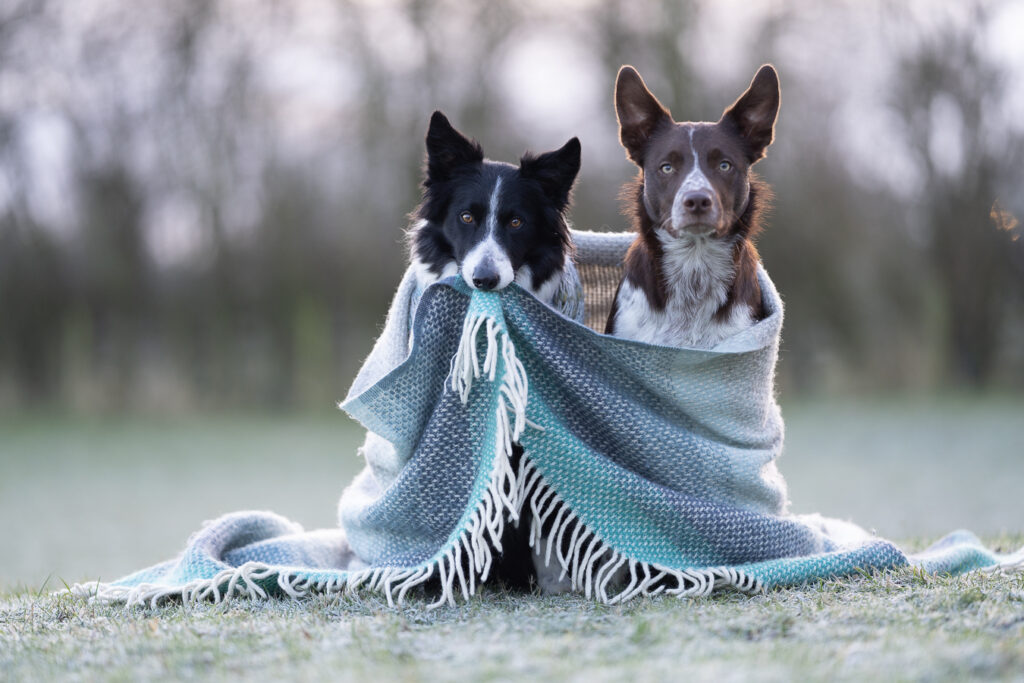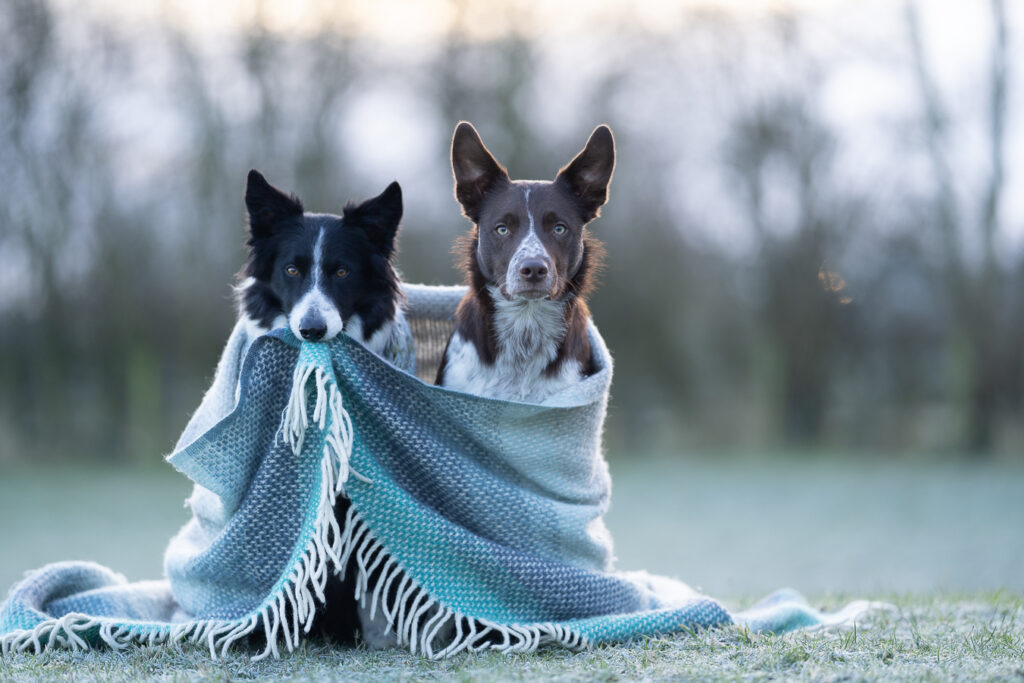Aperture = the pupil/eyeball of your lens.
You know how when it’s dark, your pupil gets bigger to let in more light? And when it’s light, it gets really small? Aperture is controlling how big or small the hole of our shutter is.
Unlike our eye, however, aperture also affects how soft or sharp the out of focus parts of our image are, eg., how much detail we’ll see either side of our focus area. There is more information on this in the “depth of field/plane of focus” lesson.
Represented as an “f-number” – f/2.8, f/3.5 and so on. You can usually find this number written on the lens. Some zoom lenses will have a variable number (eg., f/3.5-f/5.6) meaning when they are zoomed all the way in, the widest aperture they can use is f/5.6
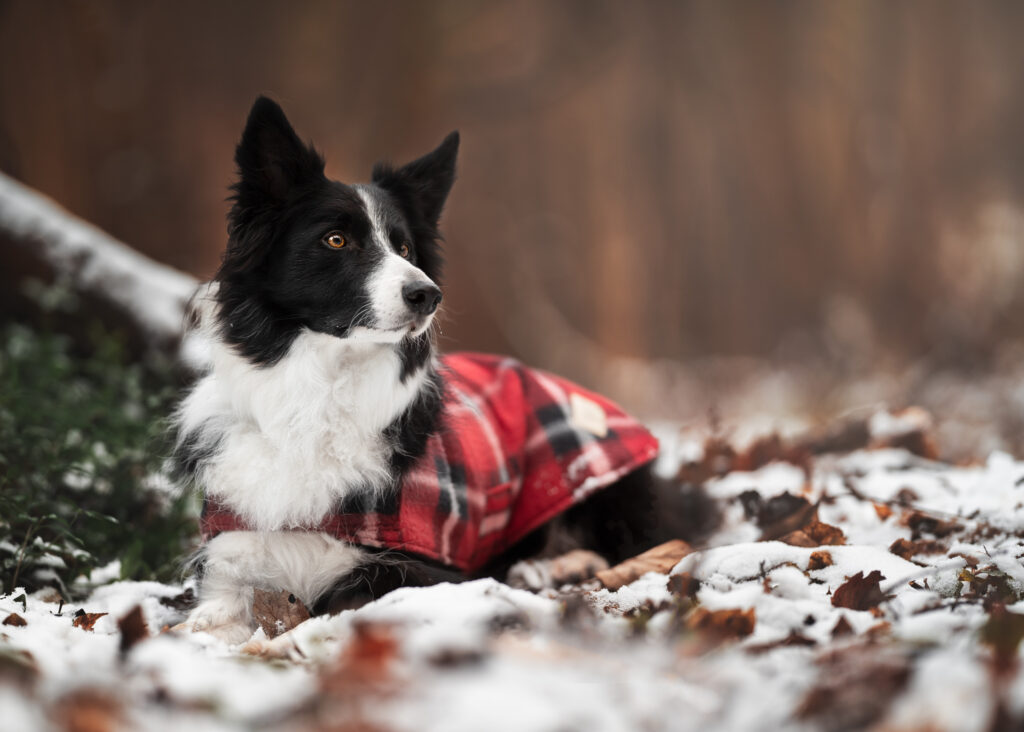
Shot at 1/500 sec, f/1.8, ISO 320
Remember:
- A small f-stop number = large hole = more light getting in = soft background & foreground.
- A large f-stop number = smaller hole = less light getting in = more in focus.
- Therefore: A small f-stop number (f/1.2 up to f/2.8) are perfect for portraits with soft, dreamy backgrounds and less distractions to draw our eye away from the dog. A wide aperture is also very useful to us as it allows us to take photos in the woods, at twilight, or in lower-light conditions, as it allows more light to get into the camera.
- My camera is rarely set to anything other than the widest aperture, which on my favourite lenses, is f/1.8
- A larger f-stop number (f/4.5 to f/22) are for landscapes, or when you want the background to have as much attention as the dog.
One thing to note is that the blurriness of the background CAN be altered by a lot of other factors, not just aperture – make sure you check out the “Depth of Field” lesson for more on this.
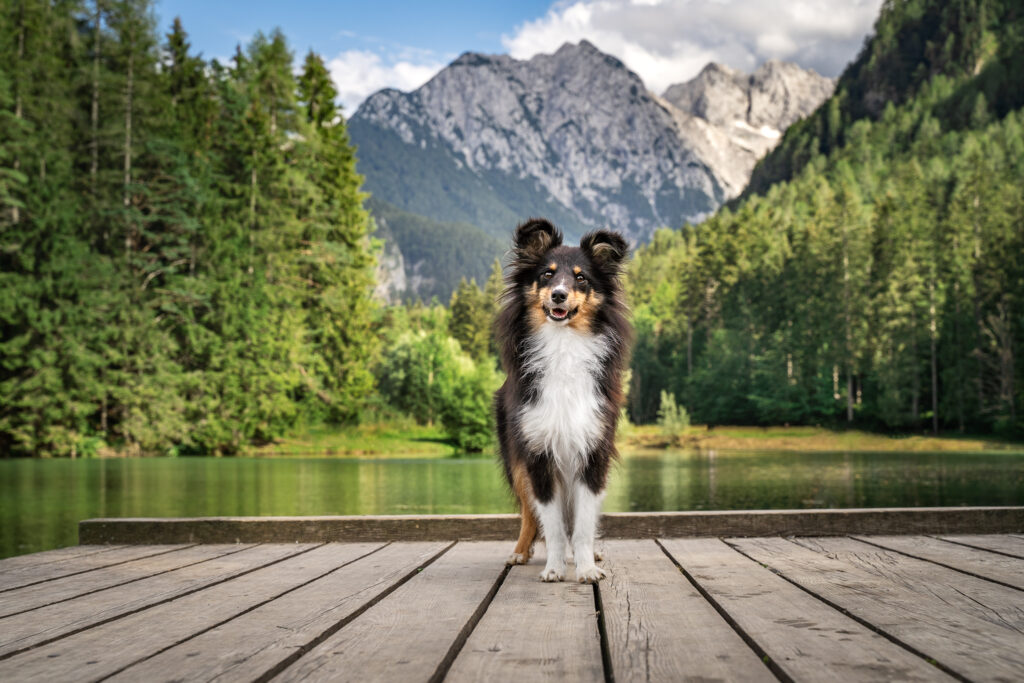
1/500 sec, f/7.1 (landscape!), ISO 200
Having the Nose in Focus
It’s worth mentioning this again.
I often see questions in dog photography facebook groups about why the dog’s nose isn’t in focus, or how someone can get the dog’s nose in focus but have the background soft.
The answer to the first question is: use a narrower aperture.
The answer to the second question is: you probably can’t… unless you move further away.
In my opinion, I don’t want the dog’s nose in focus. I want the viewer’s attention to be on the eyes, and only the eyes. This may be personal preference, but I would argue that most big-name/artistic-style pet photographers (not studio photographers!) take photos at the widest aperture, and don’t care if the nose is out of focus.
This may be a decision you want to make yourself. I don’t want to compromise my image, and distract my viewers by having plants in the foreground and background in focus just so that the dog’s nose is in focus. Because if you narrow the aperture to get the nose in focus (and the nose can then be a distraction, too), then you allow a lot more detail in the rest of the image too, and this may take our attention away from the subject.
Getting full body images, or photos of a dog side-on to the camera, will mean the nose is likely to be in focus, due to the width of the depth of field (amount of the photo in focus.). If you’re wanting to enter photos into print competitions, having the nose in focus MAY be important for you!
So your options are: move back/further away from your dog, make your aperture narrower (bigger number), have the dog side-on to the camera.
There’s a reason we see a lot of photos for print/photography competitions that are stricter with noses in focus, where they’re full-body shots and the background has been heavily hazed out. Because otherwise? There would be a lot more detail in that background and they would lose points for that in judging too.
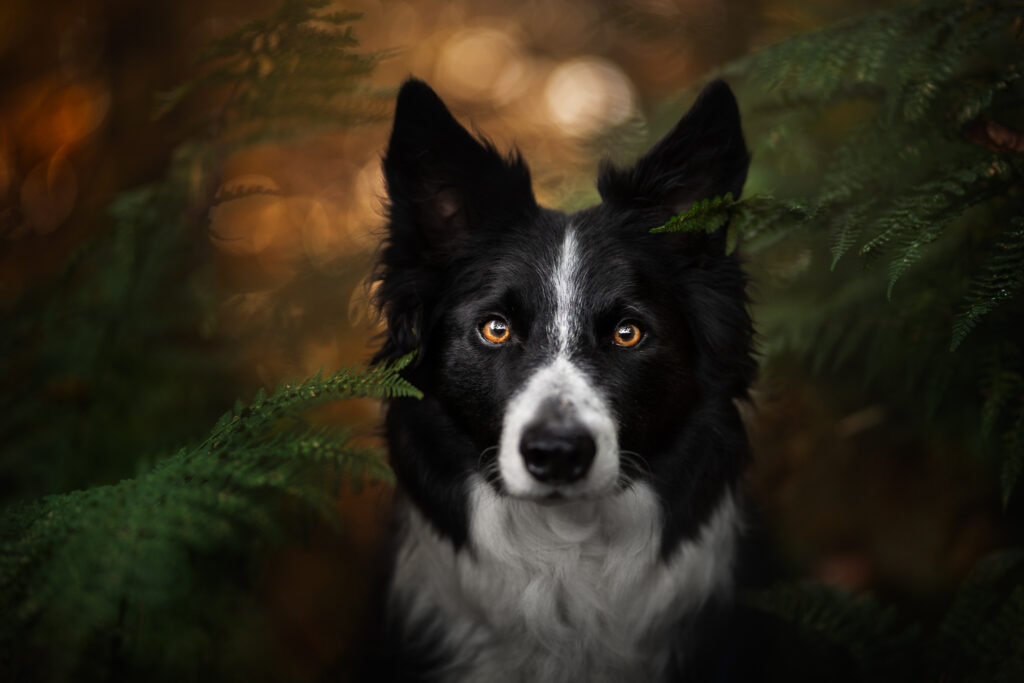
Shot at 1/400 second, f/1.8
Is the nose in focus? No.
Does it detract from the image? I doubt it.

1/400 sec, f/1.8, ISO 400.
Here, despite being shot at f/1.8, here, the nose is quite in focus! Why? Becase I was far enough away that the depth o field was wide enough for her whole head to be in focus. I wasn’t even that far away! But, because she’s a larger dog, I have to be much further from her to fit her in the photo compared to a sheltie, or even a border collie. To have a small dog like a sheltie taking up this much of the photo would require me to be much closer to them – resulting in a narrower depth of field!
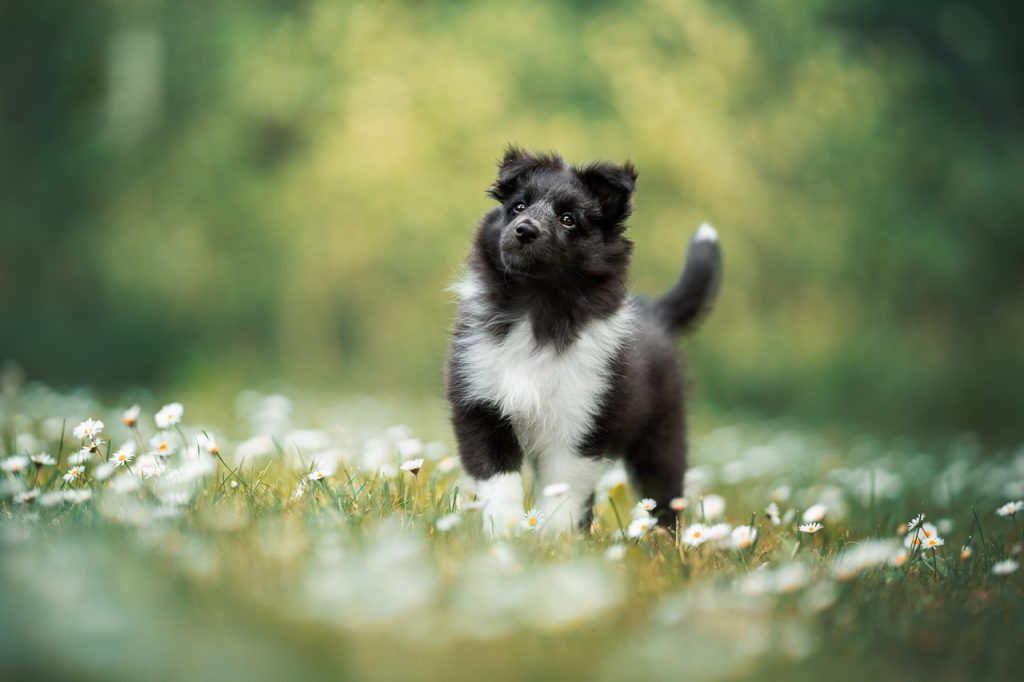
Here’s a photo of a teeny-tiny sheltie puppy to illustrate the concept. She probably fills up slightly LESS of the photo (meaning I’m further away than I could have been) and yet her nose is definitely soft. Her relative size and therefore my relative distance to her, affect the depth of field.
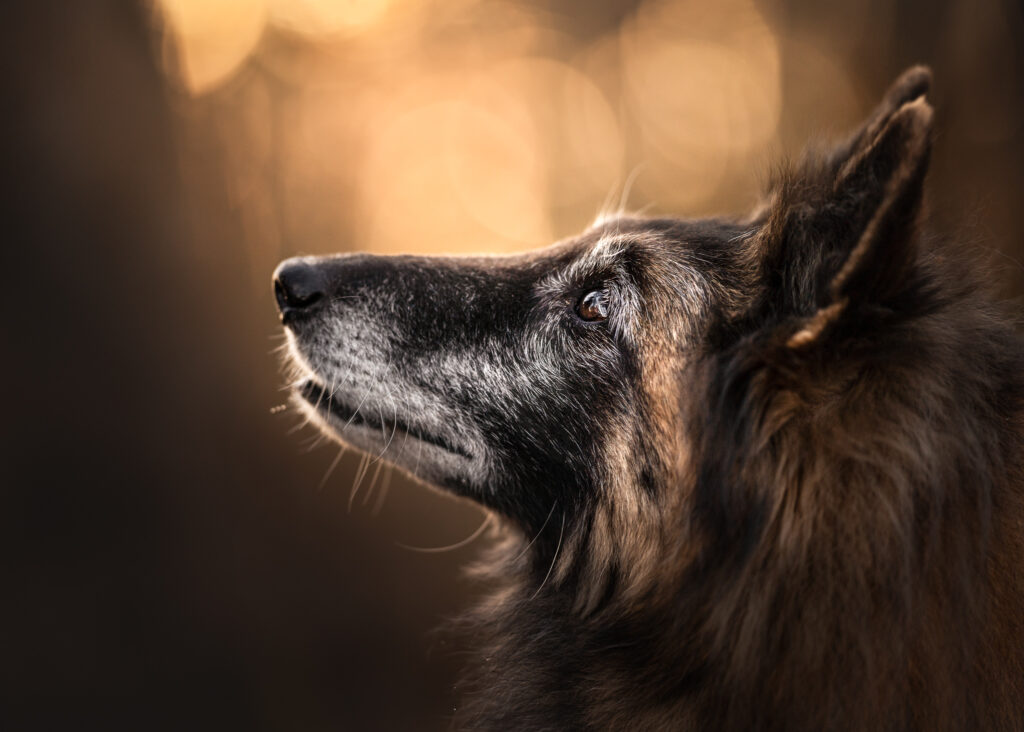
1/1600 sec (we’d been doing action photos), f/1.8, ISO 400.
Now you can see, we’re VERY close to this dog, and her back ear is definitely blurry…. but because everything is on the same plane as her eye, the whole side of her face is in focus.
Group Photos
This may be a little advanced but I’ll add it here for future reference.
One time you MAY wish to narrow the aperture is when taking group photos, IF you aren’t skilled in Photoshop or the photo is more candid and taking multiple photos to merge in Photoshop wouldn’t be possible, like the photo of me and the boys below.
By having a wide aperture and therefore a narrow Depth of Field, photographing more than one dog would require them to be perfectly lined up, so that the eyes of each/every dog is in focus. This is almost impossible. Personally, I still shoot at f/1.8, and I photoshop the images together so each subject is in focus…. however, if that isn’t possible (or maybe you’re just feeling lazy and think they’re lined up close to perfect) then you could just make the aperture narrower, to get a larger depth of field, so hopefully they would both be in focus that way.
The further away you are from your subjects, the wider your depth of field will also be, so you can use a combination of distance and aperture to make sure your group is in focus.
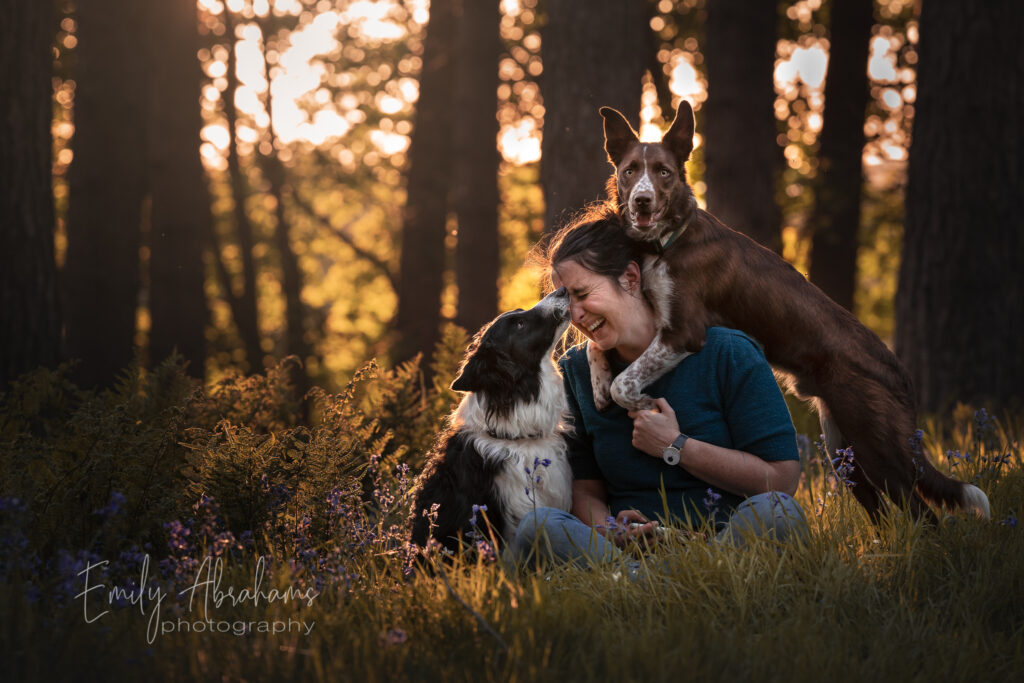
Shot at 1/500 sec, f/4.5, ISO 1000 – I intentionally used a wider depth of field than normal (higher number) as I wanted to make sure myself and BOTH dogs were in focus, even if one of us was slightly closer to or further from the camera. Since we were playing around, cuddling, and interacting, doing a head-swap later would probably not be possible. Therefore it would be better to get all of us in focus in one shot.
That being said – this is an older photo now, and generally if I’m doing group photos or self portraits, I’ll only go to f/2.8. You really need to judge for yourself what aperture you need based on:
- are they posing, or are they more candid/interacting? How likely is it you can do a head-swap?
- how close/how much in line are they to each other?
- how far away are you from them?
For some answers, f/1.8 or f/2.8 might be fine. For others, f/4 might be your safest option! Judge situation by situation.
Product Photos
Another time you MAY wish to narrow your aperture, in order to have more of the photo in focus, is if you’re doing product photography.
In this case, showcasing the product is generally more important than a super blurry background and everything else being all pretty and blurry.
There’s no point in showing a super soft, plush and cosy bed…. if 90% of it is just blur. Trust me when I say you’ll be getting companies asking you to “remove the blur effect” from the photos.
Again, as I’ve been saying, how much blur you get depends not only on your aperture, but how close you are to the subject too! If I’m doing a close up of my dog sleeping on a cosy bed… the only way to get a lot of the bed in focus would be to use f/7 or f/11… and considering I’m shooting indoors with two constant lights and am usually already at ISO 800 even when using f/2.8… it’s just not possible. In those cases, I often take a photo of the dog on the bed, then focus on the label/brand of the bed, and merge them together in Photoshop, much like I would for a group photo. Depending on how much of a difference there is in focal plane. It would be stupid if the dog was in focus, then the bed is out of focus, then the label is in focus… then the bed is out of focus again. This will look clearly Photoshopped and not good at all.
In this case, choosing your angle to try and make sure there’s not a long distance between the front and back of the product will help more of it be in focus.
Same as photos of dog coats and clothing. There’s no point taking photos of dog jackets… if 90% of the jacket is nothing but blur.
Again… how close or far you are from the dog will play a huge role in how narrow the depth of field is and therefore how blurry everything is, and you CAN mix it up by giving your client (for example) some closer detail shots at f/2.8, and some further away full body shots with everything in focus at f/3.2.
Just remember that in these circumstances: the product is usually more important than the blurry background.
As you can see from the photos above, I used a VARIETY of aperture settings for product photography. Generally, it depends on:
- the location and available light (I’m much more limited inside)
- how far away I am from the dog (further away = I can use a wider aperture)
- what angle the dog/product is to me (side on like Loki with the water-bottle or Journey in the jacket means a wider aperture would probably be ok)
This was part of a series of photos I took for a client, of a custom engraved keyring.
The keyring itself is VERY SMALL, as you can see on Teresa’s hand.
The company wanted to show the dog that featured on the keyring.
They also wanted an outdoors, “golden light” kind of photo.
If I got too far away from them, you couldn’t see the keyring or the details of it.
If I got very close to the keyring, then Journey was quickly out of focus, because getting him lined up with the hand was very difficult.
I could go closer and do a head-swap: take a photo of the hand, and one of Journey, but then the depth of field discrepancies would be pretty obvious as the arm got blurry, then sharp, then blurry again.
I could make my aperture narrower than f/2.8 so the depth of field (amount of the photo in focus) was wider… but I was already at ISO 1600 due to the forest and backlight, I was already under-exposing, and if the photo got too noisy, there would be no detail on the product! While I normally don’t care that much about noise, there’s no point advertising the beautiful engraving of the key-ring… if it’s nothing but grainy noise!
1/320 sec, f/2.8, ISO 2500
In the end, I opted for Journey being slightly less than perfectly in focus, and took some other photos with him and Teresa deliberately out of focus.
I also, in a few cases, Photoshopped just the keyring – even from another photo – over the top of the original, because I had a better version that was sharper. Potentially this made the keyring too sharp for the hand holding it, but it’s such a small thing that only people looking for it would notice.
1/400 sec, f/2.8, ISO 1600. Top is original, lower is with a better/sharper keychain Photoshopped in.
What COULD I have done better?
There’s only really a couple of options here.
- Go to a different location. Find a spot with much more overhead light, come back on a day without backlight, get on the edge of the woods, etc. This would allow me to either drop my ISO, OR narrow my aperture to have more of the photo in focus.
- Use a flash. By introducing a flash, I could easily have used a much narrower aperture without needing to push my ISO up, as I could drop my shutter speed dramatically. But I’m not (at the time of writing) confident enough to use it for client shoots when we only had 30 minutes of daylight left!
Aperture Examples
In the examples below, I was using my 135mm. I wanted to change only the aperture, to see how narrow I would need to go before the nose was in focus, and how this affected the background detail. Since it was the 135mm it retained pretty good compression throughout.
Keep in mind that I was quite close to Journey with this lens (eg., he is filling a lot of the frame).
Keep in mind as well that as I narrow up the aperture, I had to adjust other settings – we cover this more in the Exposure lessons… but by the time I was at f/8 I needed ISO 5000 despite it being quite a light and bright day! So I was starting to see a lot of noise, simply because I wanted the nose in focus.
Hover to see the camera settings, click to enlarge.
Examples from the Video
Group Photos at f/1.8
These two images were taken at f/1.8. I took several photos where Loki was in focus, and several where Journey was in focus, and then combined the two in Photoshop so both dogs were in focus.
